Exploring the world of family dental plans can feel like a challenging job. With a myriad of options available, understanding the specifics of your own plan is crucial. Remember, it’s not the dental team, but you or your employer who determines the coverage.
Your dental plan isn’t based on your family’s dental care needs, but rather it’s a part of your benefits plan. Coverage varies greatly, from the services included in the contract to the percentage of fees covered for each service and yearly maximums.
Knowing the ins and outs of your plan not only helps you make informed decisions about your dental health but also keeps you aware of any financial limits and changes.
Family Dental Plans: Understanding Coverage
Your dental plan is a crucial part of your benefits package. Clear comprehension of your plan not only prepares you for any financial implications but also fosters well-informed decisions about your dental health. Ignore the misconception that your dentist or dental team determines the coverage. It’s actually determined by you or your employer.
There’s a multitude of dental plan options for you to choose from. Each plan differs in contract specifics, such as the services included, percentage of fees covered, and yearly maximums. But, it’s not the role of your dental team or dentist to understand the complexities of your coverage – that’s your responsibility.
If you’ve got your dental plan through an employee benefits package, acquiring knowledge about it shouldn’t be hard. You just have to approach your employer or human resource manager for a plan booklet or even recommendations. Solicit their assistance about any questions related to your coverage. For good measure, you could have your dentist assist you in gaining pre-determinations for treatment. You’d then have a rough estimate of the amount your plan would cover before your treatment.
Also be aware, your coverage is not determined by your or your family’s dental needs but rather by the individual who purchased the plan. This could be your union or your employer. Remember the dentist’s responsibility is solely to give you care based on your individual needs. Hence, it’s crucial that you fully understand your coverage benefits and limitations before treatment.
Types of Family Dental Plans
In Canada, family dental plans are diverse, catering to the varying needs of families across the country. These plans can be obtained through employers, private insurance companies, or public health programs, depending on the province or territory.
Types of plans include traditional fee-for-service, where you pay upfront and get reimbursed a portion; direct billing plans, which eliminate out-of-pocket expenses by billing your insurer directly; and capitation plans, where dentists are paid a set fee per patient per year, covering all necessary treatments. Additionally, some plans are designed to complement provincial health coverage, filling gaps in public insurance, especially for preventive care and major dental work. Each plan offers different levels of coverage, deductibles, and co-payments, allowing families to choose what best suits their dental care needs and financial situations.

Key Coverage Areas to Consider
As you evaluate the wide range of dental insurance plans available, you’ll find three primary areas of dental care that are common across many policies. These core areas, Preventive Care, Basic Procedures, and Major Procedures, each offer varying levels of coverage.
Preventive Care
Investing time and attention in preventive care can save hefty bills and painful procedures in the future. Typically, dental insurance plans cover a large portion, if not all, preventive care costs. Services in this category include:
- Dental exams
- Teeth cleaning
- Fluoride treatment
- X-rays
In fact, insurance usually covers 100% of these preventive services. They are considered routine and necessary for maintaining dental health, so make sure your potential plan offers excellent preventive coverage.
Basic Procedures
The next tier of coverage involves basic procedures. These are common non-surgical treatments often required to handle rudimentary dental issues. Dental insurance generally covers between 80-100% of these costs, ensuring an affordable solution to unexpected dental problems. Basic treatments can contain:
- Fillings for cavities
- Simple tooth extractions
- Non-surgical gum treatments
- Other general maintenance treatments
Understanding the level of support offered for these straightforward yet critical procedures will prove beneficial in managing oral health without financial stress.
Major Procedures
Major procedures encompass more complex and typically costly treatments. The insurance coverage for these procedures varies greatly among different plans, typically sitting between 50-80%. This category consists of:
- Dental crowns and bridges
- Dentures
- Oral surgeries
- Major tooth extractions (such as wisdom teeth)
- Root canals
Patient out-of-pocket expenses for these procedures tend to be higher. Also, many plans include waiting periods for major procedures, meaning you must remain with the same insurer for a predetermined time before you can claim for these treatments.
It is crucial to note that every dental insurance plan is unique, so these categories can shift amongst various policies. For instance, some policies might classify root canals as basic rather than major procedures. As such, delving into policy details and understanding what is classified as major or basic procedure makes an enormous difference.

Make Use of Your Dental Coverage
Exploring the world of family dental plans isn’t easy, but it’s a crucial step to ensuring your family’s oral health. It’s all about knowing what to look for and understanding coverage specifics. Always remember, preventive care, basic and major procedures are pivotal points in any dental insurance plan. At South Oak Dental, we can coordinate with your dental insurance provider, and confirm what dental care coverage you are eligible for, plus bill directly for your convenience. Contact us today to make an appointment for yourself or a family member, and take advantage of your dental coverage.


